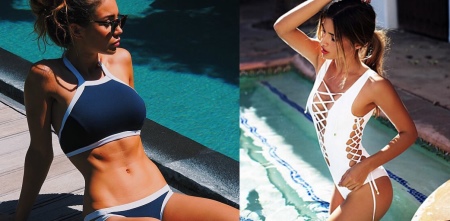Modern swimwear made of different materials. Going to buy a bathing suit, you need to choose a model that will be convenient and comfortable. To eliminate discomfort, you need to consider the composition of the material and its properties. Some tissues irritate the skin and are even treated with chemical formulations. What is the difference between fabrics for a swimsuit, what are their names and features?

Despite the different types of fibers, all materials should be pleasant to the body, in the model look spectacular and feminine.
Features
Swimwear fit tight on the figure. By production, elastic materials are used.
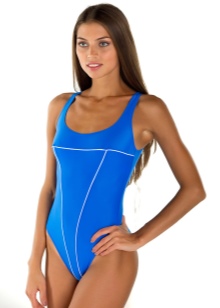

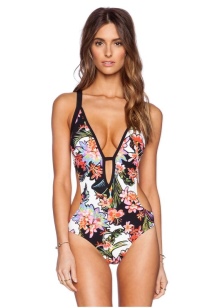
The fabric should carry aesthetic and practical functions.

Textiles for a bathing suit are characterized by lightness, brightness of color and hygiene.

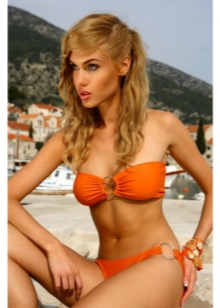
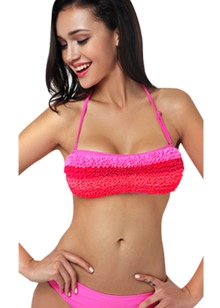
Products are made from natural and synthetic materials, each of which has a number of distinctive characteristics.
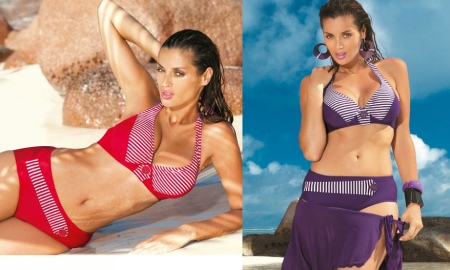
Material for a swimsuit should not cause skin irritation, allergies. Its task is to protect against ultraviolet radiation.
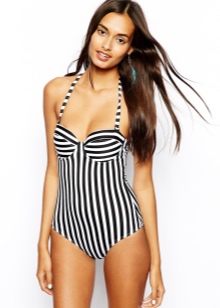
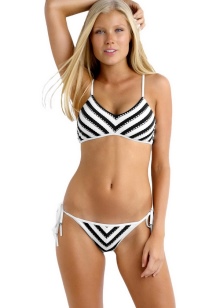
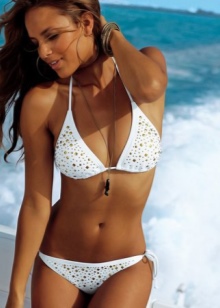
The fabric from which swimwear is sewn differs in the composition of the fibers and properties.
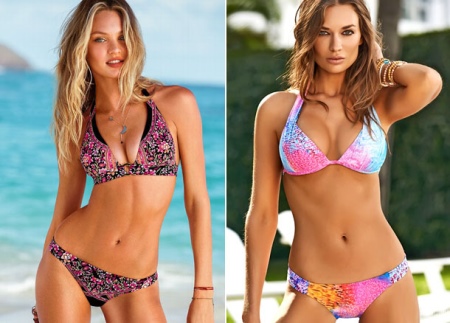
Varieties
In order for a swimsuit to be a decoration of a woman for more than one season, the fabric must be resistant to the sun, moisture, and washing. Typically, manufacturers try to combine different types of fibers to extend the service life and improve product quality.
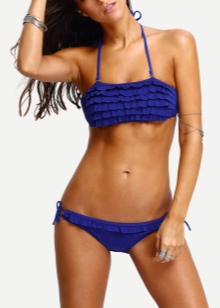

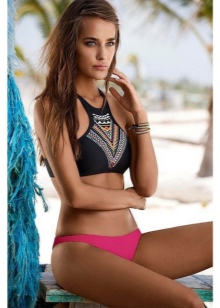
The following fibers are used in the manufacture of swimwear:
- cotton (co);
- polyester (pes);
- Lycra (elastane el);
- microfiber;
- tactile (tac);
- polyamide (pa);
- nylon (ny).
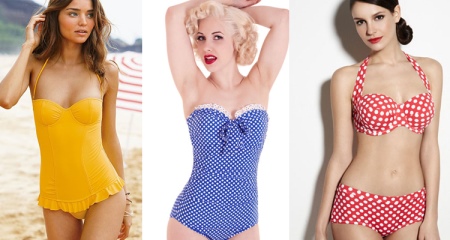
Cotton
Cotton is considered the best environmental material. It is absolutely harmless to the skin, does not cause allergies, is pleasant to the touch, reliably protects the skin from sunlight. Their cotton swimwear is suitable for pregnant women and women of fashion with sensitive skin.

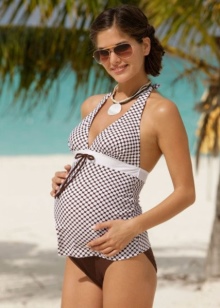

The disadvantages of natural textiles include the rapid loss of shape with frequent washing. A product made of pure cotton dries and stretches for a very long time when wet. Therefore, to maintain shape in production, textiles with the addition of synthetic fibers (a small percentage of elastane or lycra) are used.
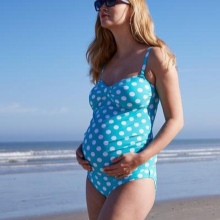
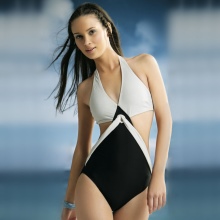
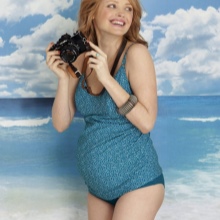
In order not to confuse the cotton model with the product of polyvinyl filaments, you should carefully look at the label when buying: the abbreviation PVS stands for polyvinyl. This material is completely unsuitable for a swimsuit, it is hazardous to health and is treated with toxic formaldehyde. If the “cotton” swimsuit remains cold when touched, it is made of polyvinyl.

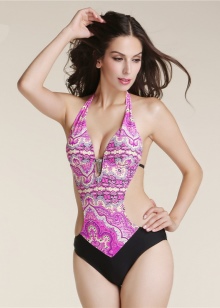
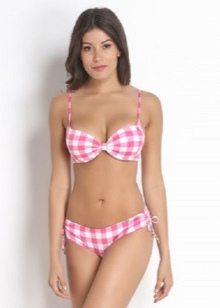
Polyester
Budget version of textiles. It does not fade in the sun, but poorly lets air through, impractical and quickly loses its original shape. It is not at all suitable for the pool and often withstands no more than one season. Such a swimsuit is heavy and dries for a long time.
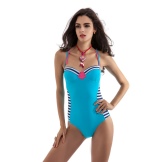


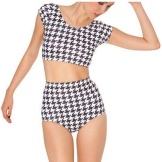
Lycra (elastane, spandex)
One of the most common fibers. This synthetic fabric has a characteristic sheen, it is elastic, stretches well and clearly follows the contours of the body. She is able to correct the figure, hiding her imperfections, keeps her shape perfectly and is part of many bathing suits. It is usually added to cotton fibers.

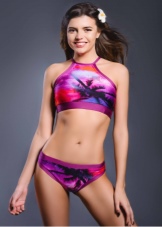
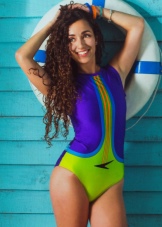

The lycra content in the swimsuit should not be less than 5%, the content of 20% will visually make the figure fit.
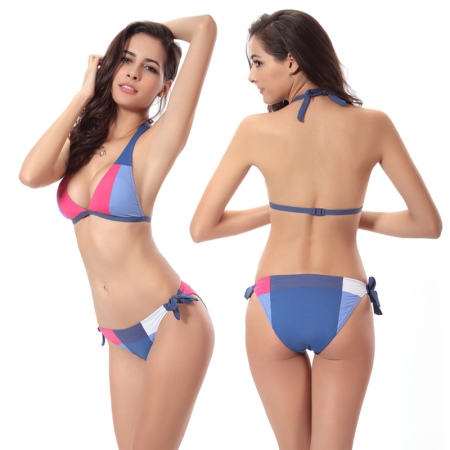
Microfiber
This textile is pleasant to the touch: its structure is silky and soft. It consists of fibers of polyamide, polyester and cotton.
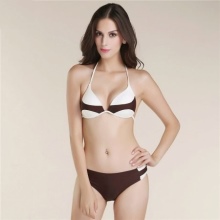
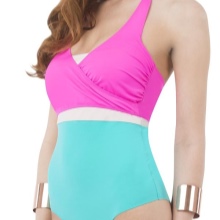
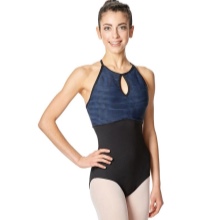
The material is optimally elastic, it passes air to the body well, dries quickly and has antibacterial properties. When washing, it does not fade and does not shrink. Microfiber is characterized by excellent hygroscopicity. However, a swimsuit from it loses its shape over time.
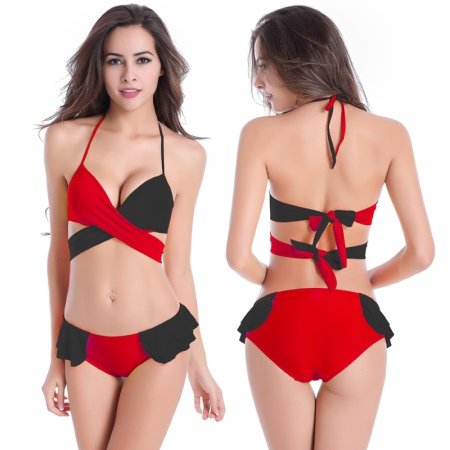
Tactel
This fabric is a combination of knitted fibers and lycra. This material is considered one of the best in the production of women's swimwear. It is pleasant to the touch, dries instantly in the sun and in the shade, elastic and emphasizes the advantages of the figure. The main advantage of the material is breathability: it allows the skin to “breathe”.
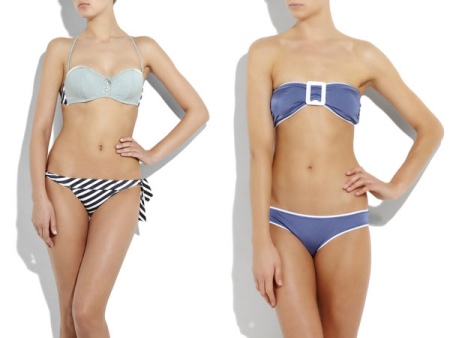
Polyamide
Synthetic textiles with elasticity and durability. Compared to other materials, it dries quickly, is not affected by sunlight (does not fade), is elastic and holds its shape perfectly. It has a characteristic brilliance. It is ideal for models, perfectly corrects the figure in the right places, does not deform with frequent washing.
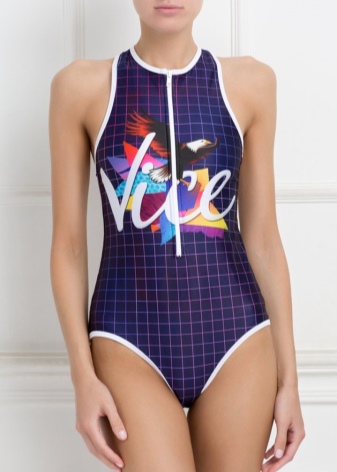
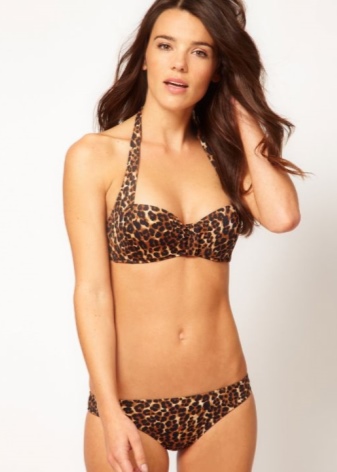
By its properties, polyamide resembles a tactel. A model made of polyamide with the addition of lycra or elastane fibers will be an excellent option for a swimsuit for the pool and swimming on the beach. Such a product will adorn a woman for several seasons, and will look like new.
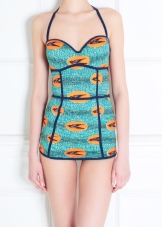
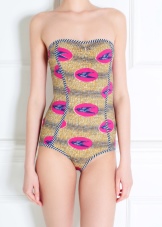


Nylon
Nylon is a type of polyamide fiber, but stronger than it. Many models of sports swimwear are sewn from it. It is much stronger than lycra and elastane products and is the best option for sports styles of bathing suits. It is able to perfectly tighten the figure, but differs in poor resistance to ultraviolet, salt water and bleach, therefore, over time, it loses its original color saturation and is destroyed.

How to choose?
When buying a model, you should pay attention to the composition of the material. Often the same, at first glance, swimsuit differs in price. Budget options are cheaper, but they will last no more than one or two seasons. In an attempt to save, you can lose on quality.
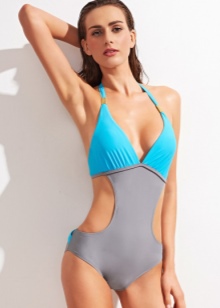
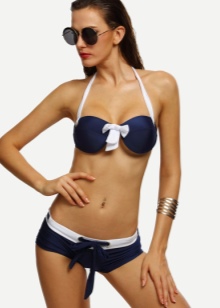
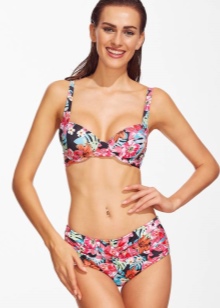
Information not on the label will simplify the purchase. Even an option for one season should be attractive and comfortable. It is good if it will withstand frequent sunbathing, the influence of sea water, while drying quickly and not being deformed when washing and getting wet.
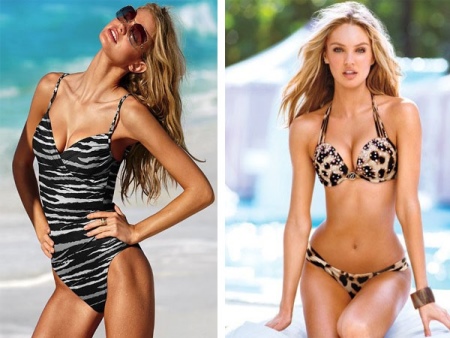
The cotton model with the addition of elastane is perfect for swimming in open water and is not designed for the pool at all, since the chlorine contained in the water will very quickly destroy the structure of the material.
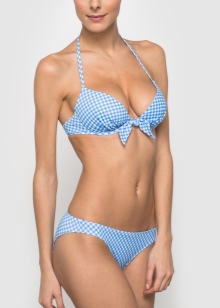
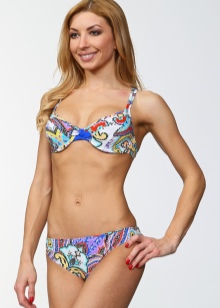
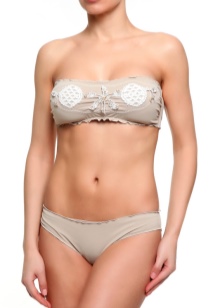
A synthetic swimsuit transmits ultraviolet rays, which causes skin irritation.
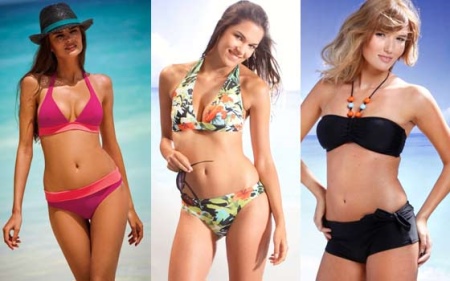
When buying a model with lycra, you should not choose an option with a lycra content of more than 30%: such a suit will create the feeling of a spacesuit tightly stretched over the body.
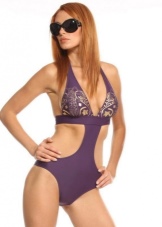
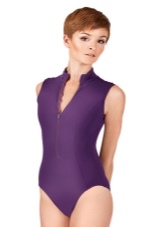
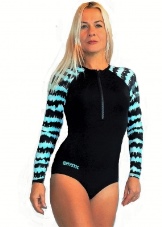
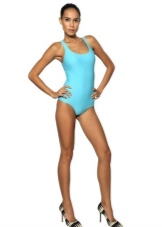
If the product is intended for beach and pool, it is better to give preference to a swimsuit made of polyamide. It will favorably tighten the figure and will not create discomfort.
